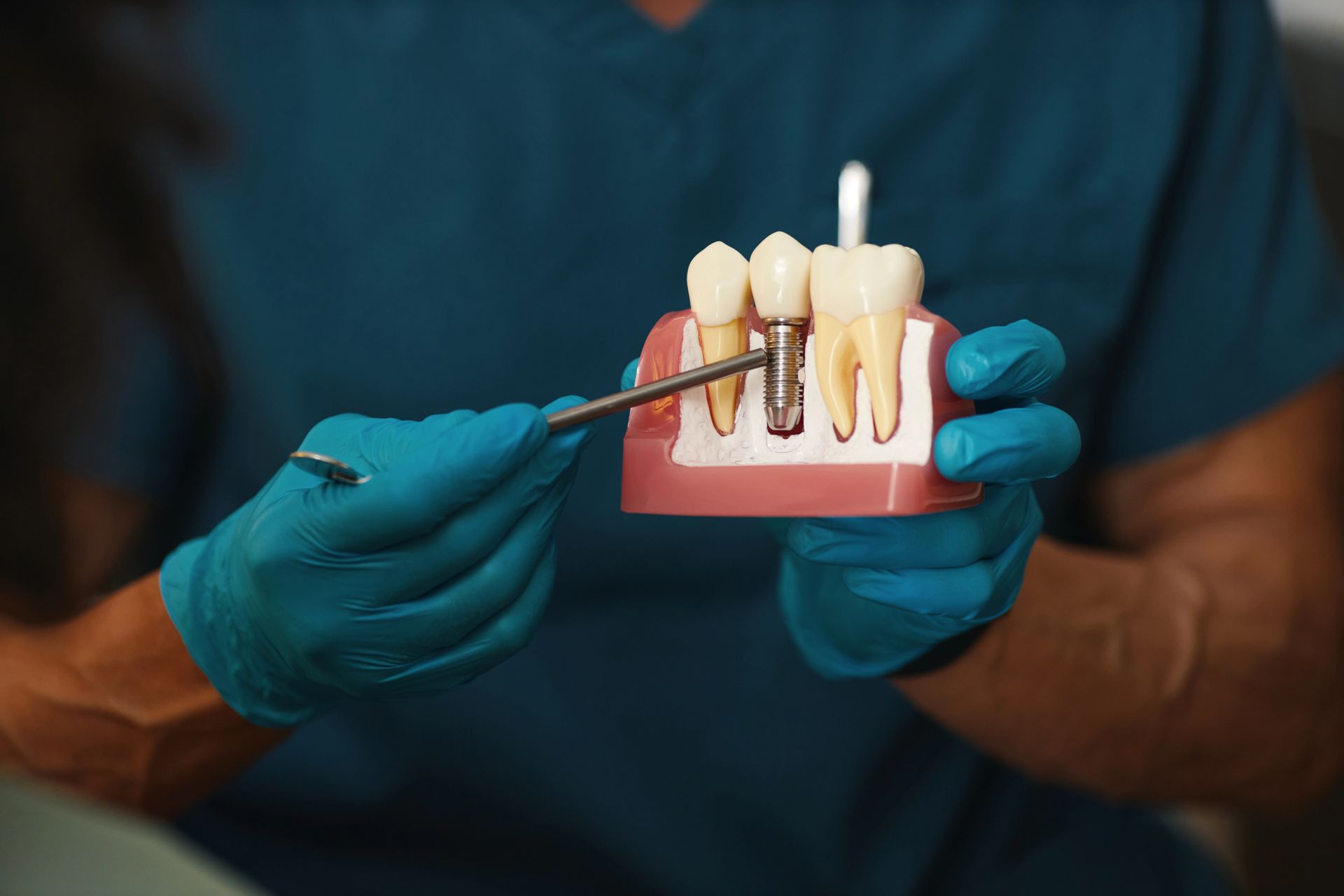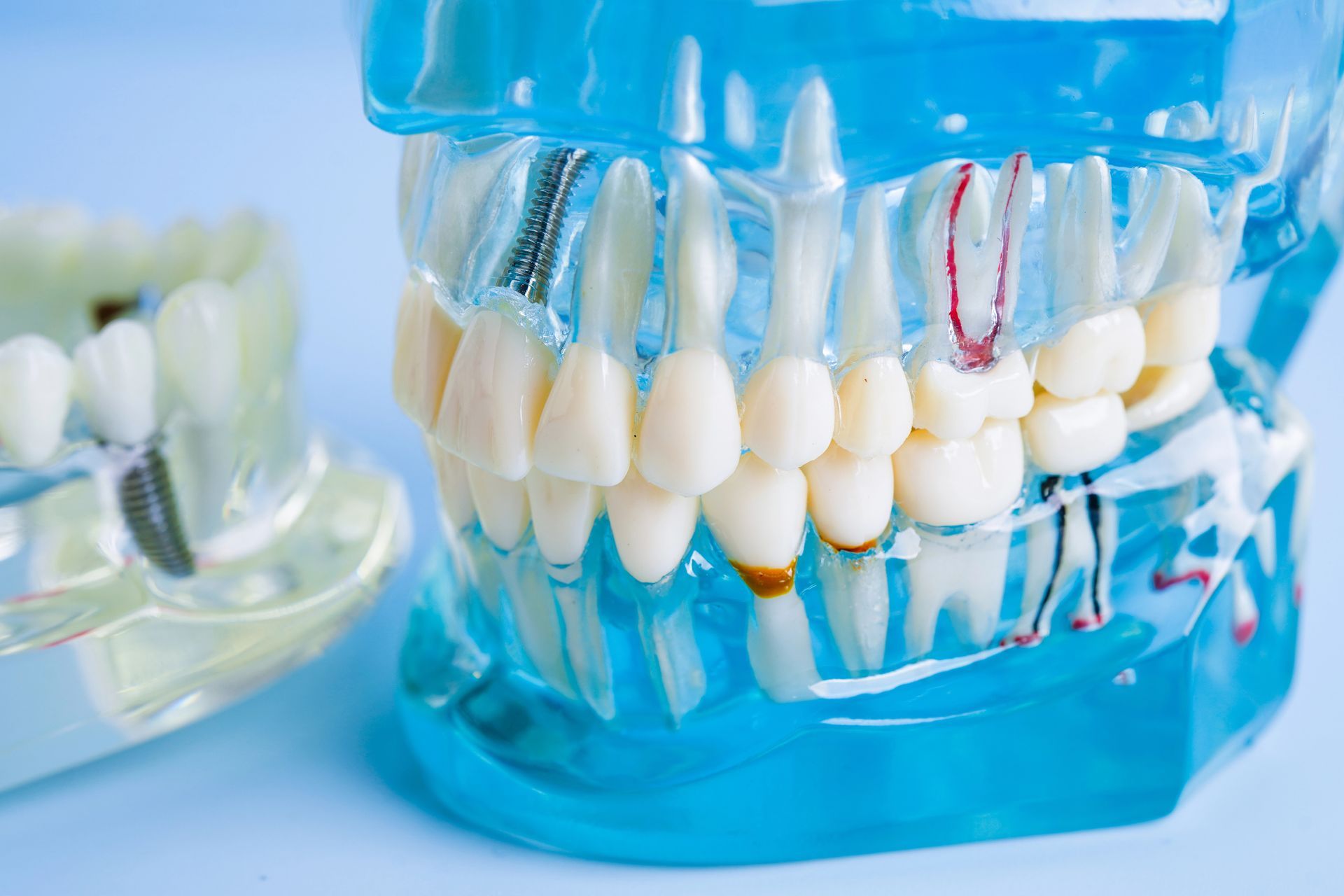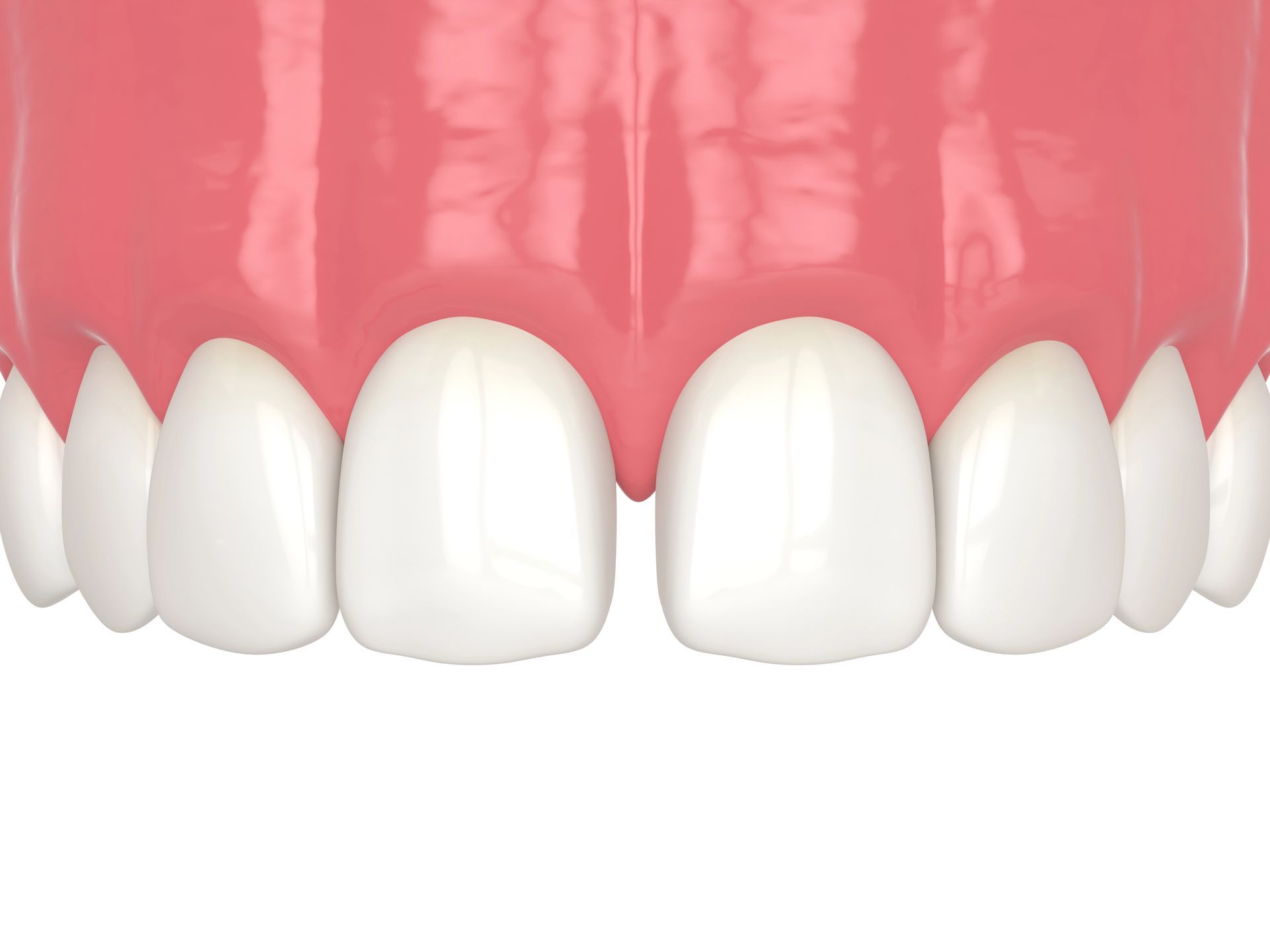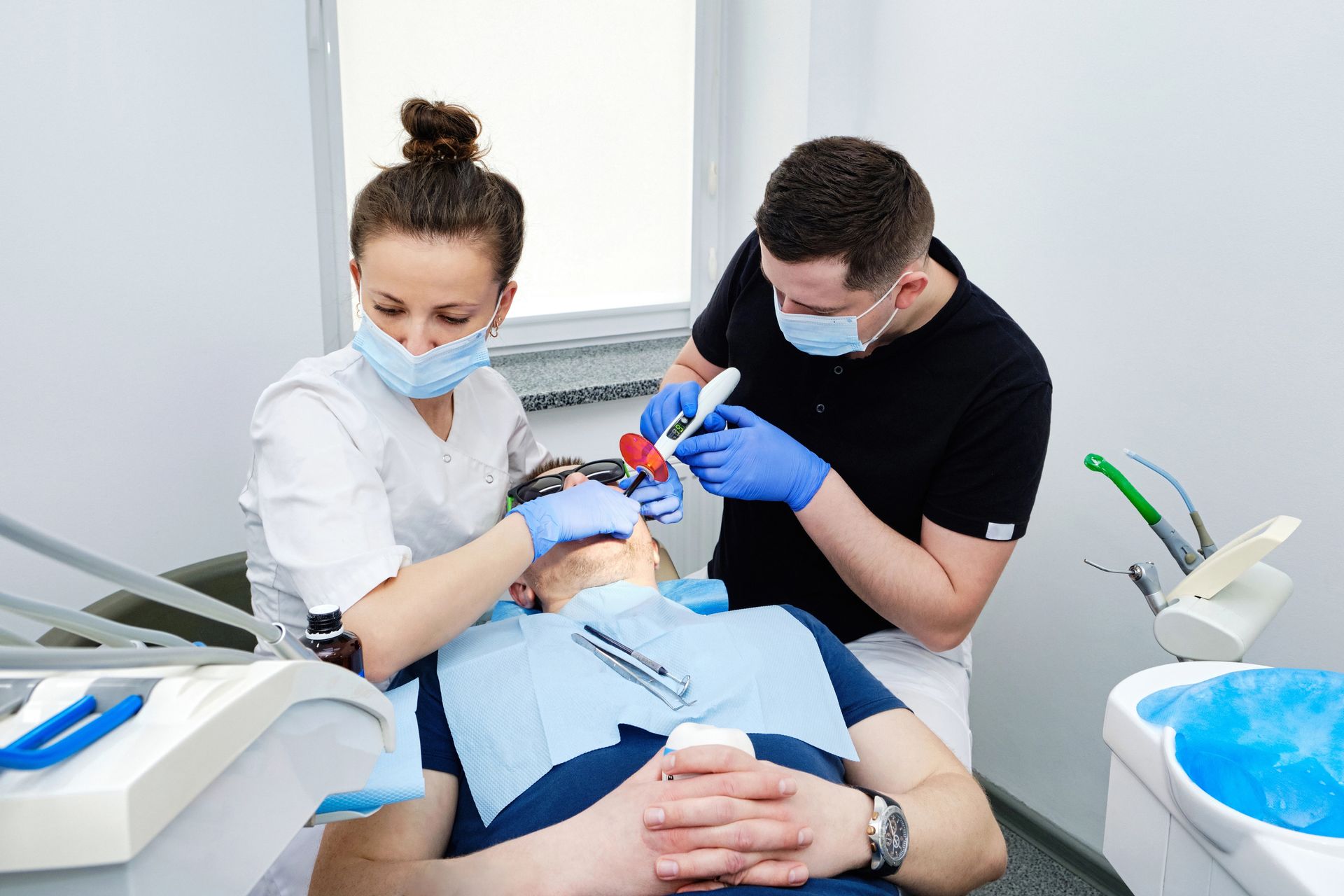Are you looking for a reliable, long-lasting tooth filling option? Consider gold fillings - they are durable, affordable, and easy to maintain, making them an ideal choice for a permanent restoration.
Overview of Gold Fillings
Gold fillings are a popular option for those looking for a long-lasting and durable tooth filling. Gold fillings are made of a gold alloy and are designed to last for many years. Gold fillings are also biocompatible, meaning they are safe for use in the mouth and won't cause any irritation. Gold fillings are also very resistant to wear and tear, making them a great option for those who want a filling that will last. Gold fillings are an expensive option, but they are well worth the investment if you want a reliable and durable filling.
Another benefit of gold fillings is that they can be color-matched to your existing teeth, making them virtually invisible. This makes them a great option for those who want a filling that won't be noticeable. If you're looking for a durable, long-lasting tooth filling option, consider gold fillings. For the best deal on tooth fillings this holiday season,
Get the Best Deal on Tooth Fillings This Holiday Season.
Advantages of Gold Fillings
Gold fillings have been used to fill cavities in teeth for centuries, and are one of the most durable and long-lasting tooth filling options available. Gold fillings are known for their strength and longevity, and can last up to 15 years with proper care. Gold fillings are also considered to be the safest option, as they are made of a non-toxic material that won’t corrode or wear away over time. Gold fillings are also non-allergenic and won’t cause any irritation to the gums or mouth. Additionally, gold fillings are very aesthetically pleasing and can give your teeth a natural, polished look.
If you’re looking for a durable and long-lasting tooth filling option, consider gold fillings for your next dental visit. For more information about gold fillings, visit
Columbia Tooth Fillings.
What to Consider When Choosing Gold Fillings
Gold fillings are an excellent choice for long-lasting tooth fillings, as they are strong and durable and can last up to 15 years. Before deciding on gold fillings, it is important to consider the cost of the procedure, as gold fillings are typically more expensive than other materials. Additionally, it is important to consider the color of the gold filling, as gold fillings can range from yellow to white, depending on the type of alloy used. Lastly, it is important to make sure that the dentist is experienced in the application of gold fillings, as this will ensure that the filling is done correctly and will last for a long time.
The Cost of Gold Fillings
Gold fillings are one of the most durable and long-lasting tooth filling options available. While they can be more expensive than other options, the cost is often worth it for the added longevity and strength of the material. Gold fillings are typically priced per unit, and the cost will depend on the size and complexity of the filling. Talk to your dentist to determine the cost of gold fillings for your particular situation.
Aftercare and Maintenance of Gold Fillings
Gold fillings, when properly placed, can last for years. To ensure your gold filling lasts as long as possible, practice good oral hygiene habits. This includes brushing your teeth twice a day, flossing at least once a day, and using an antibacterial mouthwash. Regular visits to your dentist for cleanings and check-ups are also important to maintain the life of your gold filling.
Conclusion
Make sure your smile is bright and healthy this holiday season, and contact Design Dentistry Columbia at 803-667-3919 to get your tooth fillings today! Check out our reviews on
Google Maps!










